P and Q are isomer of dicraboxylic acid Both decolourixe . On heating , P forms the cyclic anhydride. Upon treatment with duilute alkaline . P as well a Q could produce one or more than one from S,T and U.
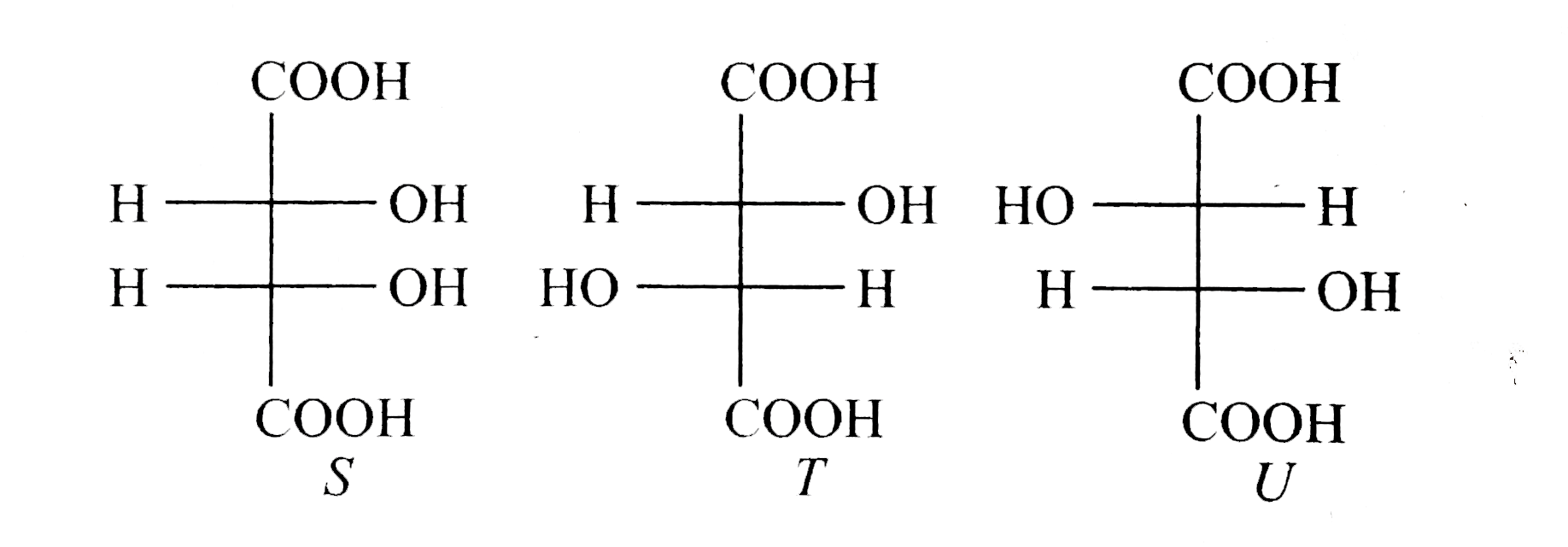
In the following reaction sequences V and W are respectively

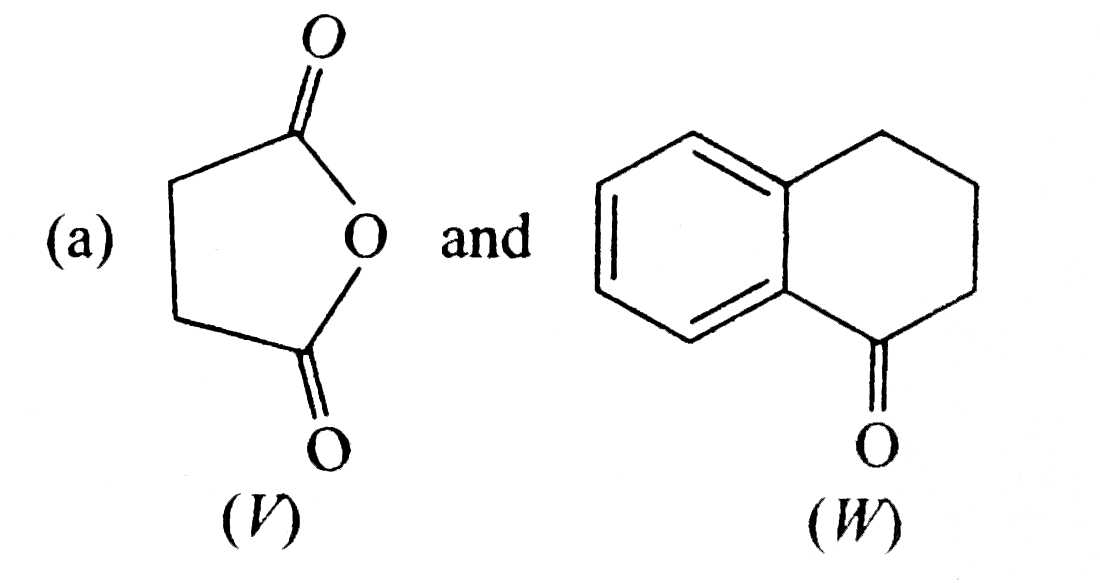
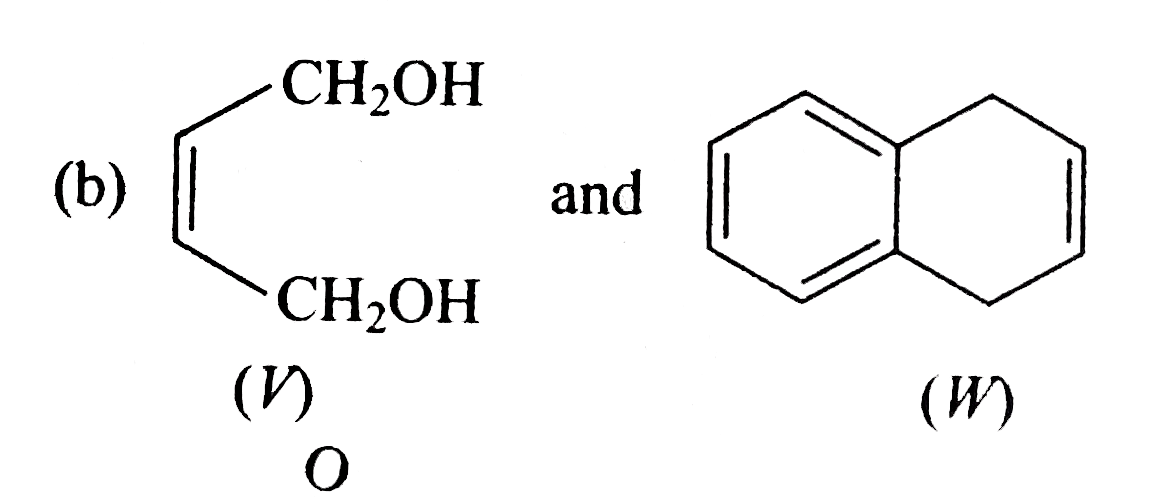


The correct Answer is:A
Step by step video, text & image solution for P and Q are isomer of dicraboxylic acid C_(4)H_(4)O_(4) Both decolourixe Br_(2)//H_(2)O. On heating , P forms the cyclic anhydride. Upon treatment with duilute alkaline KMnO_(4). P as well a Q could produce one or more than one from S,T and U. In the following reaction sequences V and W are respectively Qunderset(Delta)overset(H_(2)//Ni)rarrV by Chemistry experts to help you in doubts & scoring excellent marks in Class 12 exams.
Topper's Solved these Questions
- BOOK - IIT-JEE PREVIOUS YEAR (CHEMISTRY)CHAPTER - CARBOXYLIC ACID AND THEIR DERIVATIVESEXERCISE - (Topic II) OBJECTIVE QUASTION1videos
CARBOXYLIC ACID AND THEIR DERIVATIVES
- BOOK - IIT-JEE PREVIOUS YEAR (CHEMISTRY)CHAPTER - CARBOXYLIC ACID AND THEIR DERIVATIVESEXERCISE - Subjective Questions4videos
CARBOXYLIC ACID AND THEIR DERIVATIVES
- BOOK - IIT-JEE PREVIOUS YEAR (CHEMISTRY)CHAPTER - CARBOXYLIC ACID AND THEIR DERIVATIVESEXERCISE - CHAPTER TEST3videos
CARBOXYLIC ACID AND THEIR DERIVATIVES
- BOOK - IIT-JEE PREVIOUS YEAR (CHEMISTRY)CHAPTER - BIOMOLECULES AND CHEMISTRY IN DAILY LIFEEXERCISE - Chapter Test9videos
BIOMOLECULES AND CHEMISTRY IN DAILY LIFE
- BOOK - IIT-JEE PREVIOUS YEAR (CHEMISTRY)CHAPTER - CHEMICAL AND IONIC EQUILIBRIUMEXERCISE - INTEGER_TYPE1videos
CHEMICAL AND IONIC EQUILIBRIUM
Similar Questions
P and Q are isomers of dicarboxyhc acid C4H4O4 .Both decolourize Br2/H2O On heating, P forms the cyclic anhydride.
Upon treatment with dilute alkaline KMnO4, P ass well as Q could produce one or more than one from S. T and U.

Compounds formed form P and Q are, respectively.View SolutionP and Q are isomers of dicarboxylic acid C4H4O4. Both decolorize Br2/H2O. On heating, P forms the cyclic anydride.
Upon treatment with dilute alkaline KMnO4, p as well as Q could produce one or more than one from the S,T and U
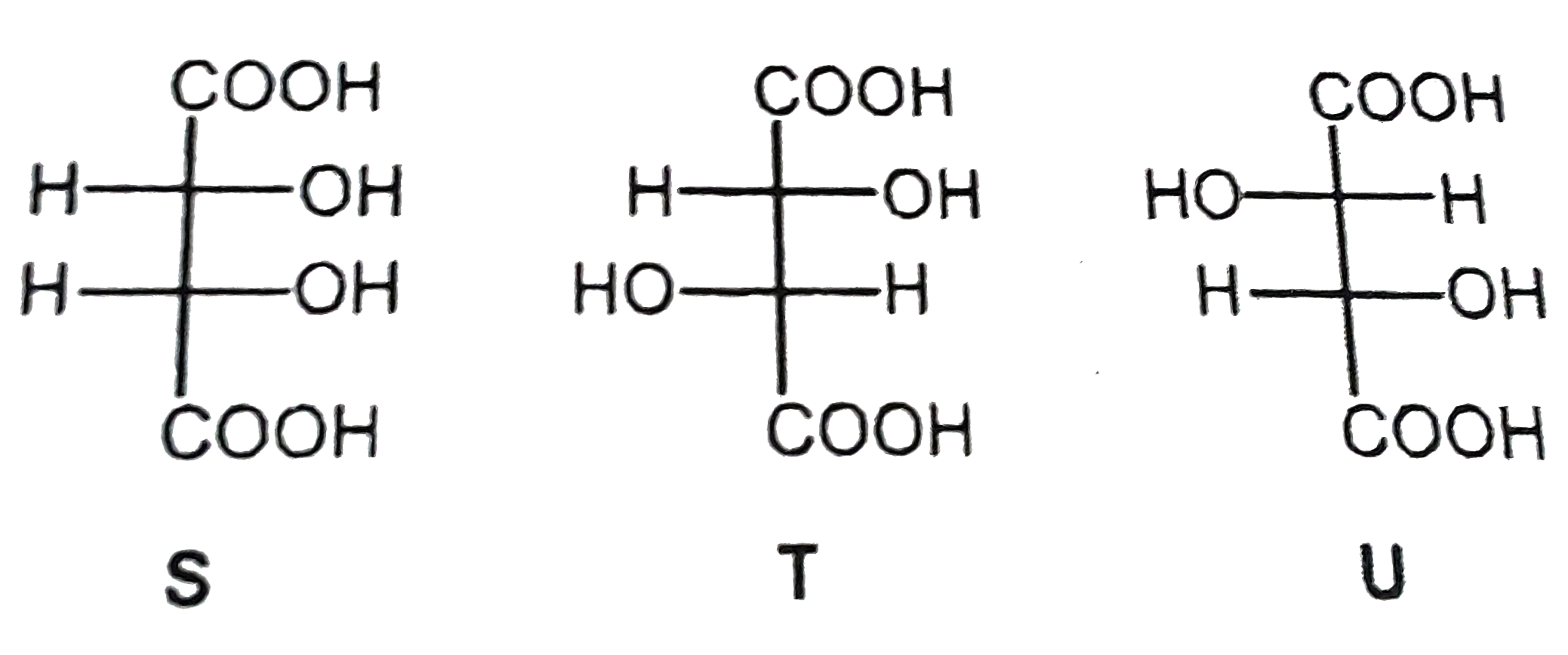
Compounds formed from P and Q are, respectively:View Solution
Knowledge Check
- Question 1 - Select One
P and Q are isomers of dicarboxylic acid C4H4O4. Both decolorize Br2/H2O. On heating, P forms the cyclic anydride.
Upon treatment with dilute alkaline KMnO4, p as well as Q could produce one or more than one from the S,T and U

In the following reaction, sequences V and W are respectively.
 A
A B
B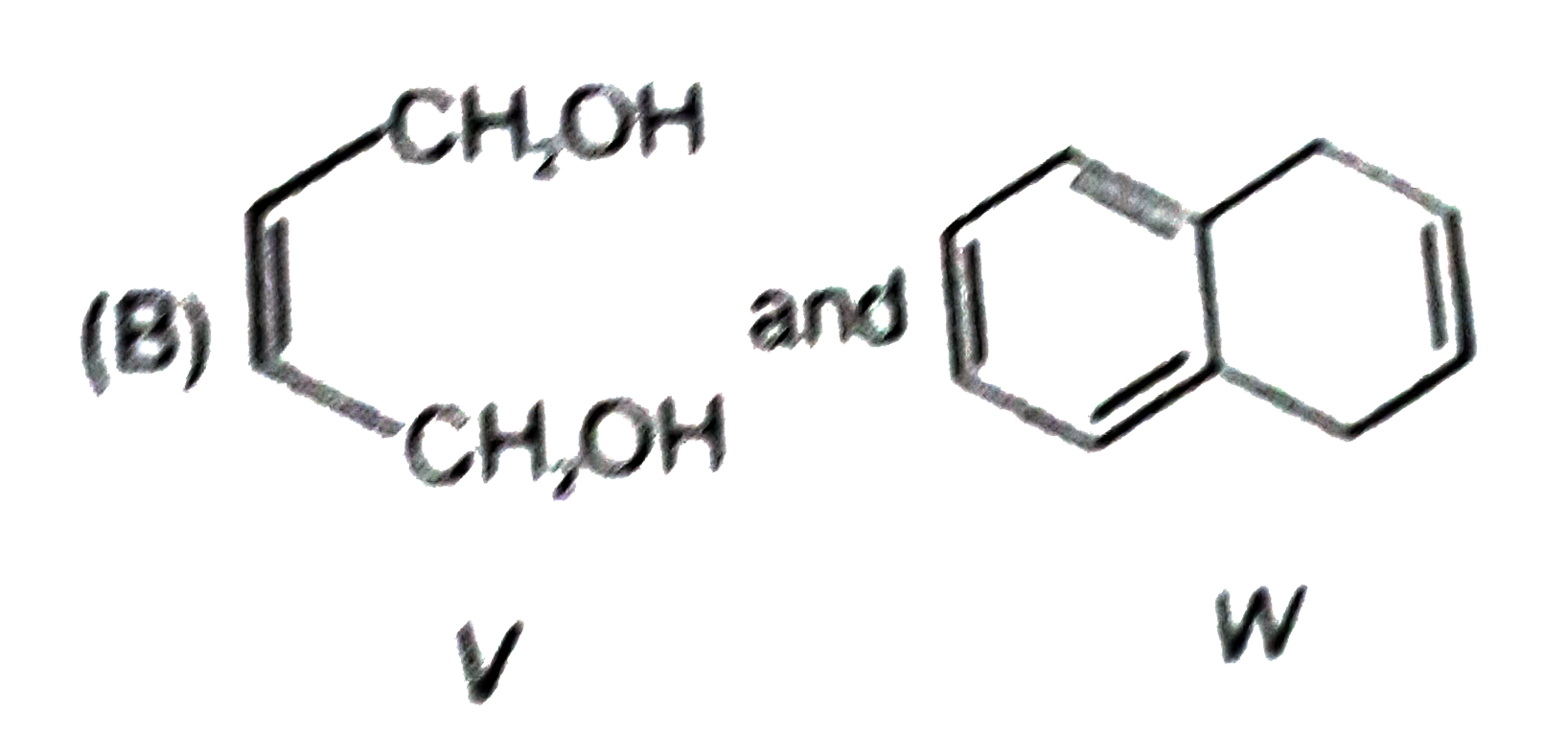 C
C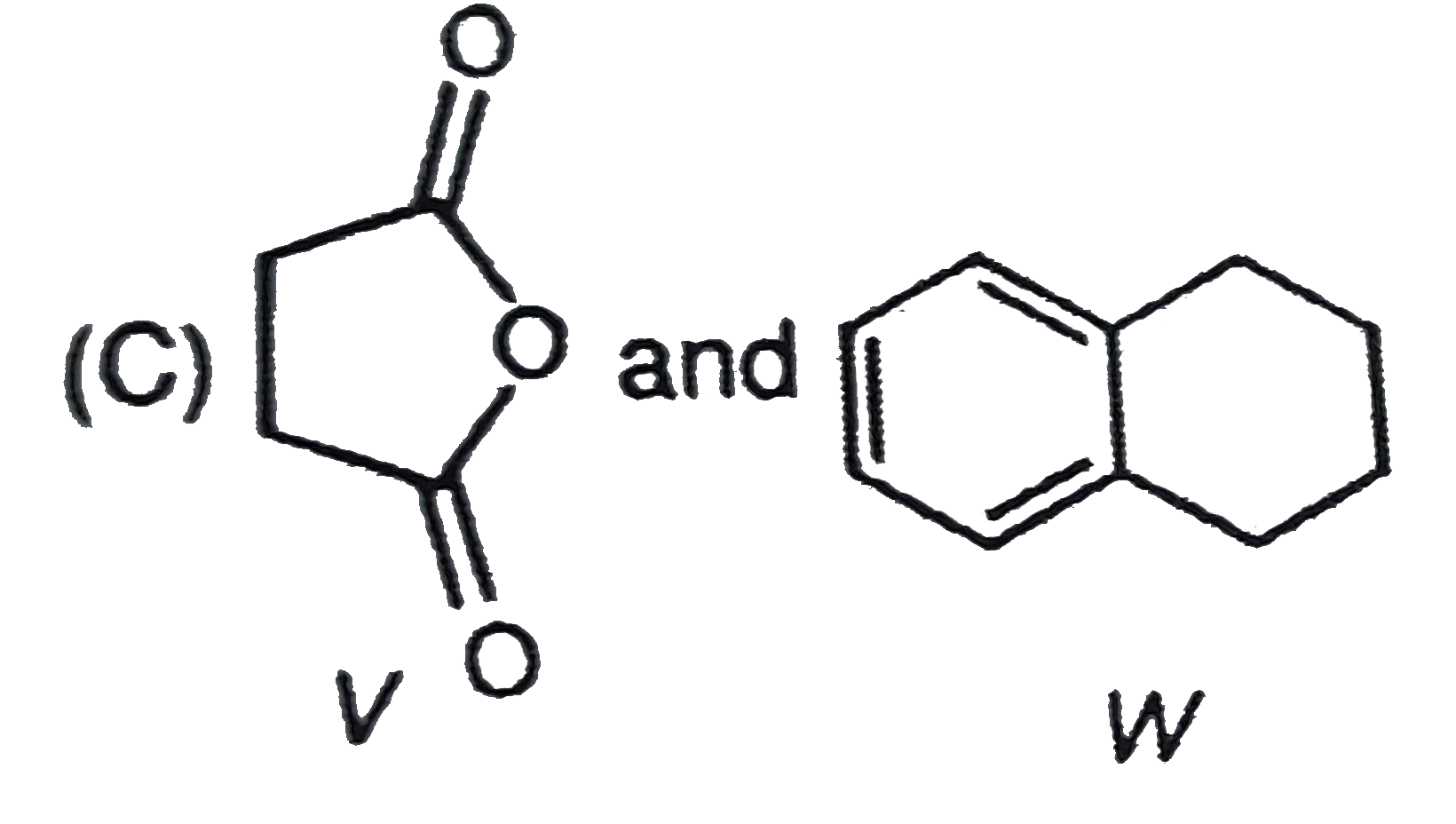 D
D
- Question 2 - Select One
P and Q are isomer of dicraboxylic acid C4H4O4 Both decolourixe Br2/H2O. On heating , P forms the cyclic anhydride. Upon treatment with duilute alkaline KMnO4. P as well a Q could produce one or more than one from S,T and U.
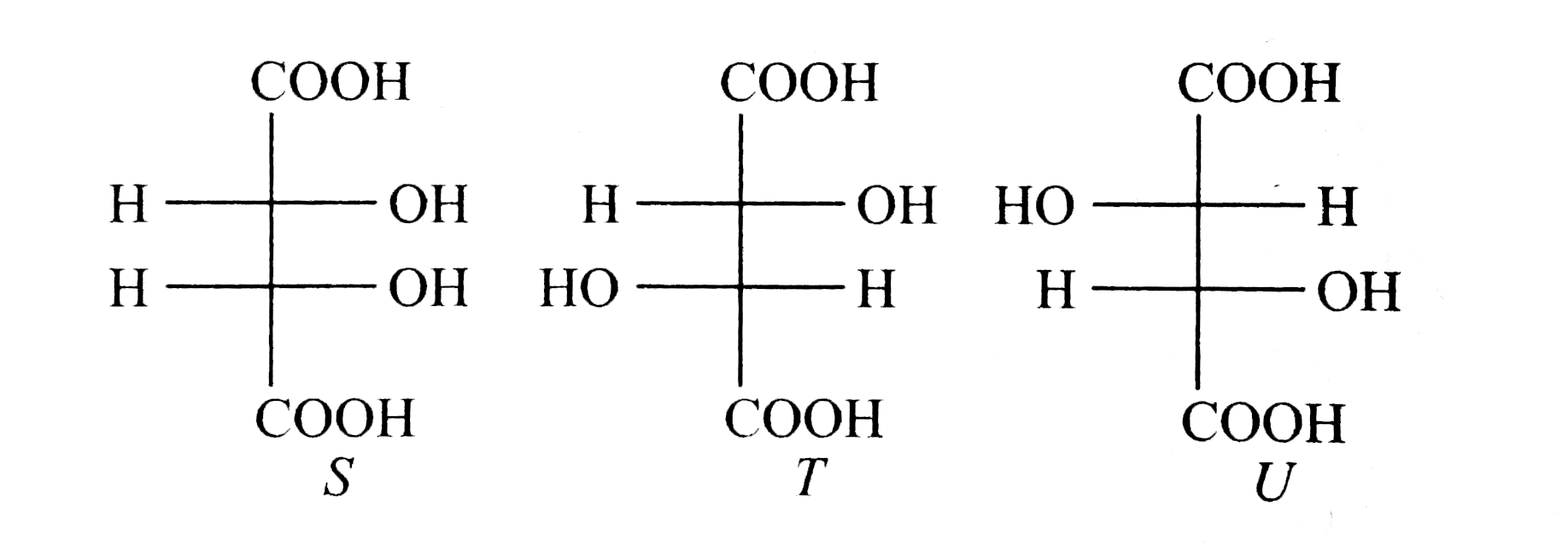
Compounds formed P and Q are, respectivelyAOptically active S and optically active pair (T.U)BOptically inacthive S and optically inactive pair (T.U)COpticaly active pair (Y.U) and optically active SDOptically inactive pair (T.U) and optically inactives S - Question 3 - Select One
P and Q are isomers of dicarboxylic acid C4H4O4. Bothdecolorize Br2/H2O. On heating, P forms the cyclic anhydride. Upon treatment with dilute alkaline KMnO4,P as well as Q could produce one or more than one forms S,T and U.
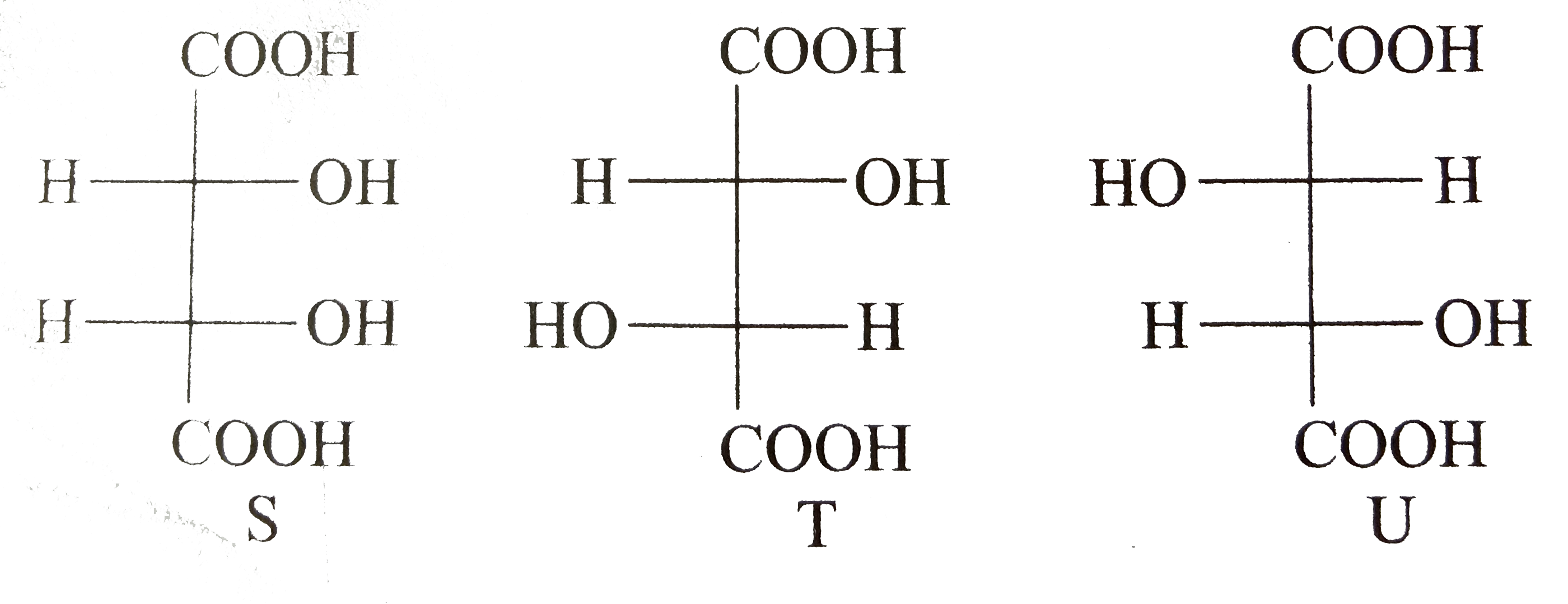 Compounds formed from P and Q are, respectivelyAoptically inactive pair (T,U) and optically inactive SBoptically active pair (T,U) and optically active SCoptically inactive S and optically inactive pair (T,U)Doptically active S and optically inactive pair (T,U)
Compounds formed from P and Q are, respectivelyAoptically inactive pair (T,U) and optically inactive SBoptically active pair (T,U) and optically active SCoptically inactive S and optically inactive pair (T,U)Doptically active S and optically inactive pair (T,U)
In the following reaction, product P is R−O∣∣C−ClH2−−−−−−→Pd−BaSO4P
View SolutionIn the following reaction , product P is R−C∣∣O−ClH2−−−−−−→Pd−BaSO4P
View SolutionP4–––+H2O→No reaction
View SolutionP4–––+H2O→No reaction
View SolutionIdentify Z in the following sequence of reactions -
CH3COONH4Δ−−→XP2O5−−→YH2∅H−−→ZView Solution

